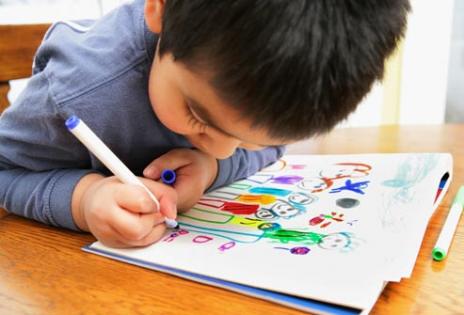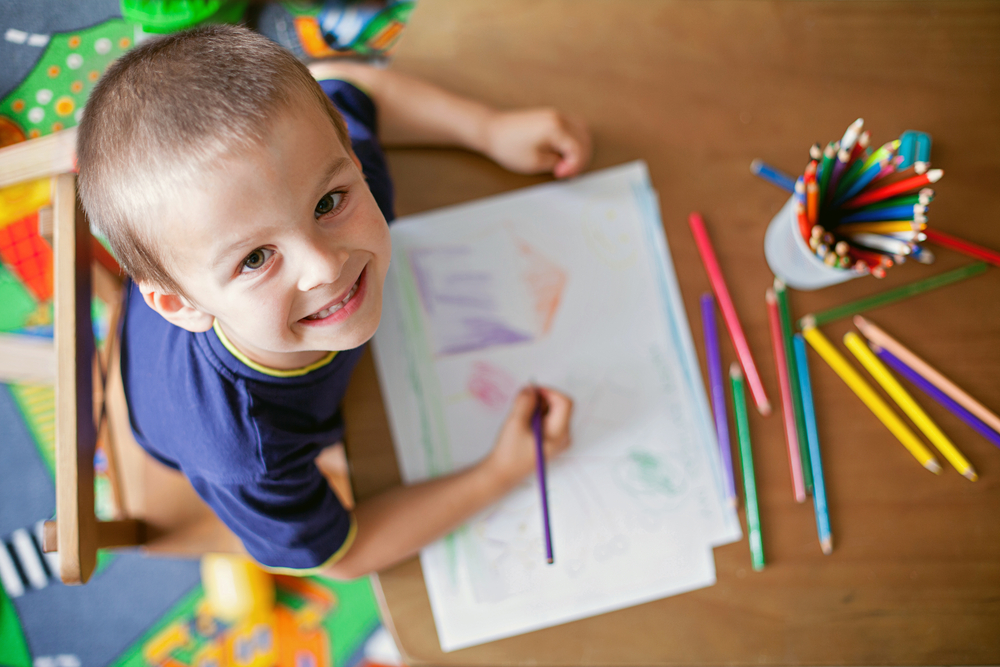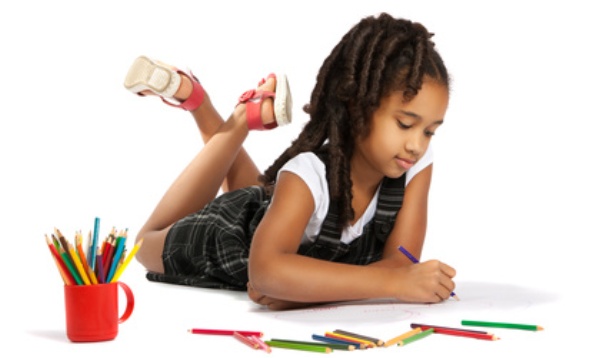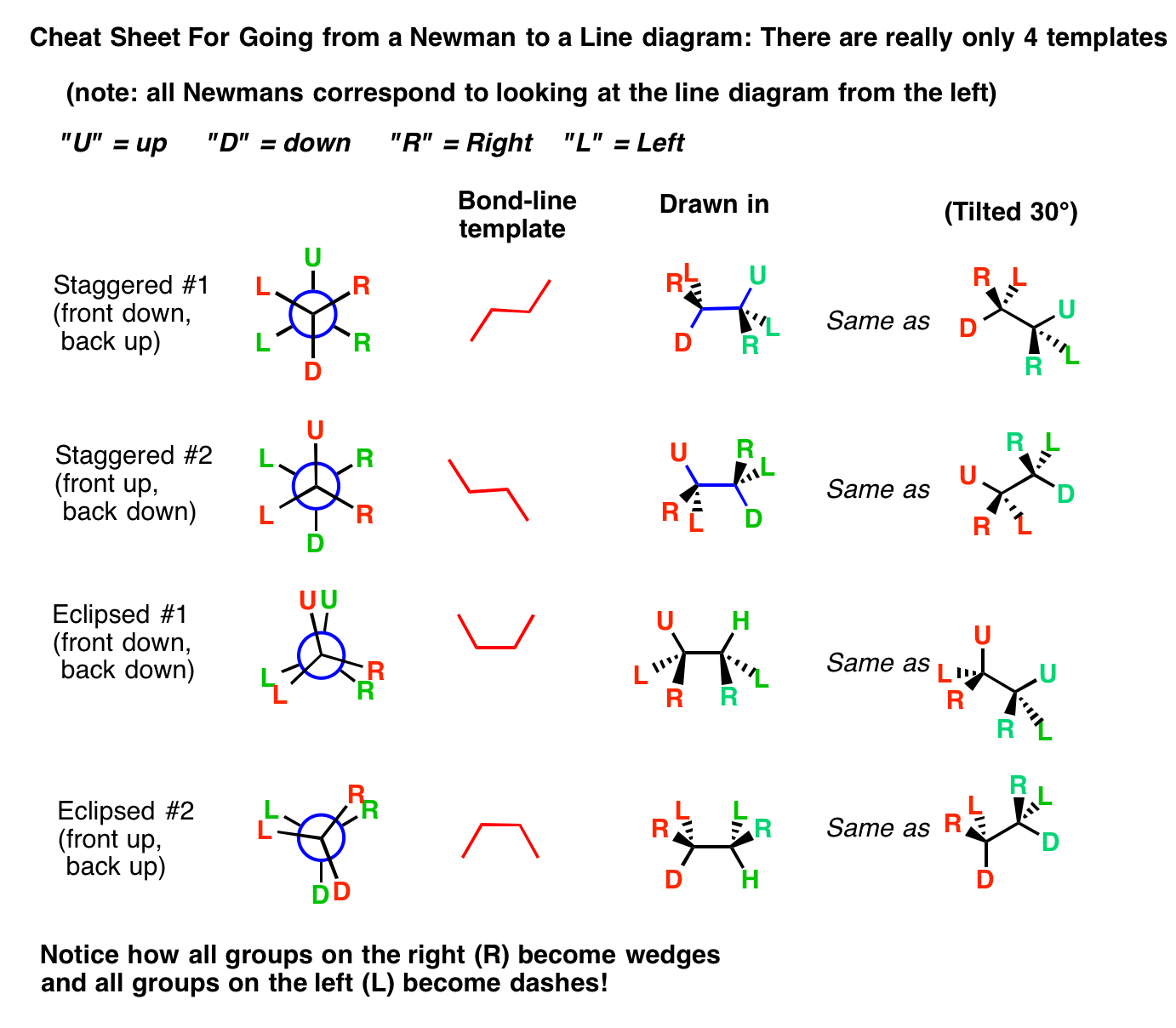Learn to decode children s drawings
Table of Contents
Table of Contents
Have you ever tried to draw a kid, only to end up with a disastrous stick figure? Don’t worry, you’re not alone. Drawing kids can seem like a daunting task, but with a little guidance, you can master the art of drawing a kid.
Pain Points
When it comes to drawing kids, one of the biggest pain points is capturing their unique features and proportions. Kids have smaller faces, bigger eyes, and shorter limbs than adults, making it challenging to create a realistic representation.
How To Draw a Kid
First, start by drawing the head, which should be proportionally larger than an adult’s head. Next, draw two large circles for the eyes, making sure they’re placed in the middle of the head. Draw a small nose, a simple curved line for the mouth, and two rounded cheeks. For the body, draw a small neck, a simple curved line for the shoulders, and a longer curved line for the torso. Finally, draw short arms and legs, making sure they’re proportional to the body.
Summary of Main Points
In summary, when it comes to drawing a kid, it’s important to focus on the unique features such as the larger head and eyes, shorter limbs, and smaller facial features. By following these simple steps, you can create a realistic representation of a child.
How To Draw a Kid – Personal Experience
When I first started drawing, I struggled with creating realistic-looking kids. I would often end up with stick figures or disproportionate figures that didn’t resemble a child at all. But after practicing and following tutorials, I learned how to capture the unique features of kids and make them look realistic.
One of the things that helped me the most was studying reference images of kids and paying attention to their unique features, such as big eyes and round cheeks. This allowed me to incorporate those features into my drawings, resulting in more anatomically correct figures.
 How To Draw a Kid – Tips and Tricks
How To Draw a Kid – Tips and Tricks
Another tip for drawing kids is to use a grid system to ensure you’re keeping the proportions correct. You can either draw a grid on your reference image or on your drawing surface to help you maintain the correct proportions.
It’s also important to pay attention to the clothing and hairstyle of the child you’re drawing. These small details can add to the overall realism of your drawing.
 ### Capturing Expressions
### Capturing Expressions
When it comes to drawing kids, capturing their expressions can be just as important as capturing their unique features. Kids are known for their expressive faces, and being able to draw different expressions can take your drawings to the next level.
Practice drawing different expressions, such as happiness, sadness, and surprise. Pay attention to the eyebrows, mouth, and eyes, as these features can convey a lot of emotion.
The Importance of Practice
Like any skill, drawing takes practice. Don’t be discouraged if your first attempts don’t turn out the way you want them to. Keep practicing, and eventually, you’ll improve.
 Question and Answer
Question and Answer
What materials do I need to draw a kid?
You can draw a kid using a pencil and paper or any other drawing materials you prefer. You can also use digital drawing tools if you prefer.
Can I use a reference image to help me draw a kid?
Absolutely! Using a reference image can be helpful in ensuring you’re capturing the correct proportions and features of a child.
How long does it take to learn how to draw a kid?
Learning to draw a kid takes practice, so it’s different for everyone. Dedicate time each day to practice drawing kids and you’ll see improvement over time.
Are there any tips for capturing the movement of a child in a drawing?
When drawing a child in motion, pay attention to the angle of the limbs and the placement of the feet. Use a light sketch at first to ensure you’re happy with the positioning, and then add details.
Conclusion of How to Draw a Kid
Drawing a kid can be challenging, but with practice and attention to detail, you can improve your skills. Remember to pay attention to the unique features of kids such as their larger head and eyes, smaller facial features, and shorter limbs. Studying reference images, using a grid system, and paying attention to clothing and hairstyles can also be helpful in creating a realistic representation of a child. Keep practicing, and you’ll be able to draw kids like a pro in no time!
Gallery
If Your Kids’ Drawings Look Like This, You Might Have Gifted Children

Photo Credit by: bing.com /
Help Improve Children’s Writing By Letting Them Draw | Motherpedia

Photo Credit by: bing.com / draw writing drawing child kids children drawings early help development childrens they childhood their write
Learn To Decode Children’s Drawings | Novak Djokovic Foundation

Photo Credit by: bing.com / childrens
How Drawing For Kids Improves Their Writing | Drawing For Kids

Photo Credit by: bing.com / drawing kids writing might draw contribution bit learning fun but
What Your Kid’s Drawings Reveal About Them (and You) :: YummyMummyClub.ca

Photo Credit by: bing.com / drawing kids kid drawings child reveal them ca while
 How To Draw a Kid – Tips and Tricks
How To Draw a Kid – Tips and Tricks Question and Answer
Question and Answer




